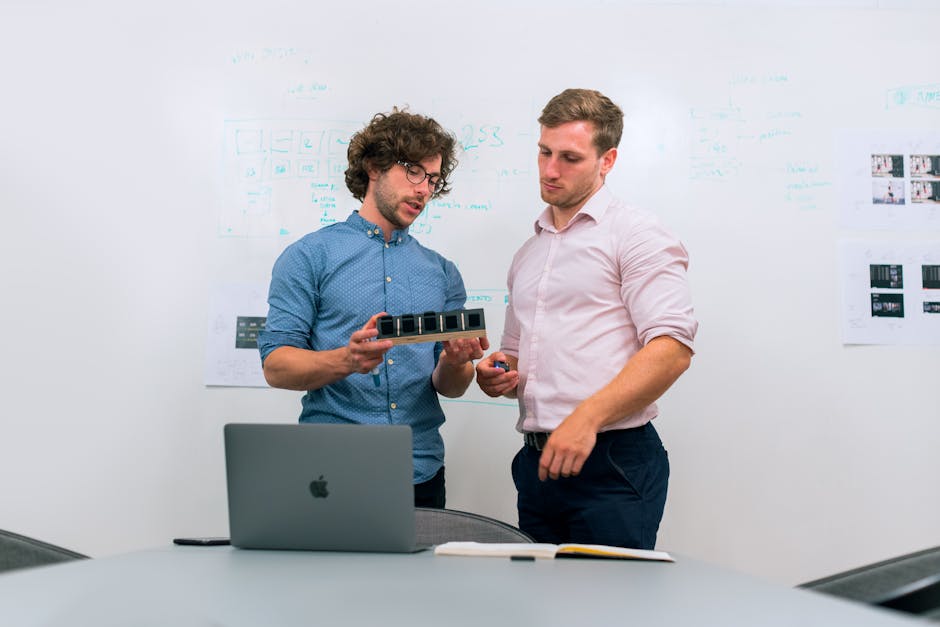
Prototype Testing: What You Need to Know
Prototype Testing: What You Need to Know
Prototype testing is a crucial step in the product development process. It involves creating a working model or prototype of your product to test its design, functionality, and usability. By conducting prototype testing, you can identify any flaws or improvements needed before moving forward with production.
There are several key benefits to prototype testing. Firstly, it allows you to gather valuable feedback from potential users and stakeholders. This feedback is essential for understanding user needs, preferences, and pain points. By incorporating user feedback, you can ensure that your final product meets the expectations of your target audience.
Secondly, prototype testing enables you to evaluate the overall design and functionality of your product. It helps you identify any design flaws or usability issues that may hinder user experience. By addressing these issues early on, you can save time and resources in the long run.
To conduct successful prototype tests, it's essential to define your objectives and key metrics for evaluation. Decide what aspects of your product you want to test, such as usability, functionality, or aesthetics. Prepare a clear testing plan with specific tasks and scenarios for users to perform during the test.
Choose the right participants for your prototype testing. They should represent your target audience and possess the relevant knowledge and experience to provide valuable insights. Consider conducting both qualitative and quantitative tests to gather a comprehensive range of feedback.
During the prototype testing process, observe and engage with your participants. Pay attention to their interactions, comments, and suggestions. Take detailed notes and record any issues or areas for improvement.
After completing the prototype testing, analyze the collected data and feedback. Identify recurring patterns, common pain points, and areas for improvement. Use this information to refine your product's design and functionality.
Prototype testing is an iterative process. Take the insights gained from each test and use them to make necessary adjustments to your prototype. Repeat the testing process until you are satisfied with the results.
By conducting thorough prototype testing, you can ensure that your final product meets the needs and expectations of your target audience. It helps you identify and address any design flaws, usability issues, or potential obstacles that may arise during product development.
